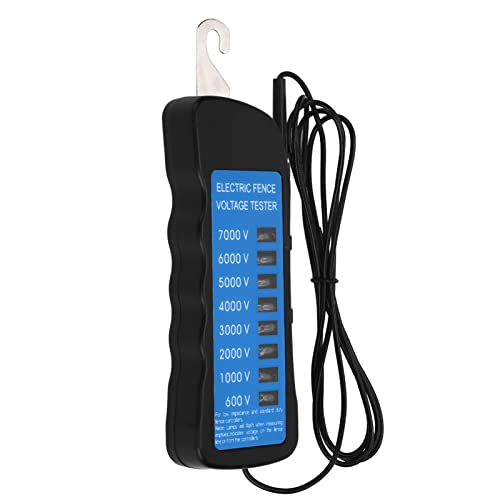I have a question for Blackstone (or other brand) outdoor flat-top grill owners. Do you have problems with rust?
I have been researching these things and believe that I want one. But the topic of rusting comes up fairly often. Is this really a common issue, or is it just an issue for people who don't do basic maintenance and prevention?
I imagine if you use the grill often, it's going to be constantly treated to oil/grease coating and thus continuously seasoned and probably less susceptible to rust. But that's just my guess. I grill often, all winter long - cold and snow don't bother me. But with a flat-top I imagine I might use that a little less in the winter. When I say I grill a lot during the winter, that entails running outside, flipping what ever is on the grill, shutting the lid, then running back inside for a while. I get the impression that flat-top grilling is more of a "you're constantly there" type of cooking. So maybe not so enjoyable during a snowstorm. And you have the issue of snow getting all over the stuff you're cooking and the grill surface itself. I don't think you use a flat-top with the lid closed, do you?
Anyway, I can see that I might be using a flat-top less in the winter than I do my regular grills. So it might be more prone to rust. On the bright side, Colorado is an arid state so we don't often have fog or high humidity hanging around us to promote rust. I would think covering the flat-top device (regardless of a lid being present) would be paramount. All kinds of grill covers exist for that.
I don't want to have to do hours and hours of routine maintenance to keep a flat-top ready for use. But I'm thinking routine maintenance would be not much more than scraping residue off the grill and wiping it down with a light coating of oil after use. Like I do with my cast iron skillet.
So, from a rust/maintenance standpoint - are flat-top grills (stored outside on the deck under a cover blanket but not under a roof) a pain in the neck, or a non-issue?
Thanks in advance for any feedback!
I have been researching these things and believe that I want one. But the topic of rusting comes up fairly often. Is this really a common issue, or is it just an issue for people who don't do basic maintenance and prevention?
I imagine if you use the grill often, it's going to be constantly treated to oil/grease coating and thus continuously seasoned and probably less susceptible to rust. But that's just my guess. I grill often, all winter long - cold and snow don't bother me. But with a flat-top I imagine I might use that a little less in the winter. When I say I grill a lot during the winter, that entails running outside, flipping what ever is on the grill, shutting the lid, then running back inside for a while. I get the impression that flat-top grilling is more of a "you're constantly there" type of cooking. So maybe not so enjoyable during a snowstorm. And you have the issue of snow getting all over the stuff you're cooking and the grill surface itself. I don't think you use a flat-top with the lid closed, do you?
Anyway, I can see that I might be using a flat-top less in the winter than I do my regular grills. So it might be more prone to rust. On the bright side, Colorado is an arid state so we don't often have fog or high humidity hanging around us to promote rust. I would think covering the flat-top device (regardless of a lid being present) would be paramount. All kinds of grill covers exist for that.
I don't want to have to do hours and hours of routine maintenance to keep a flat-top ready for use. But I'm thinking routine maintenance would be not much more than scraping residue off the grill and wiping it down with a light coating of oil after use. Like I do with my cast iron skillet.
So, from a rust/maintenance standpoint - are flat-top grills (stored outside on the deck under a cover blanket but not under a roof) a pain in the neck, or a non-issue?
Thanks in advance for any feedback!






















































